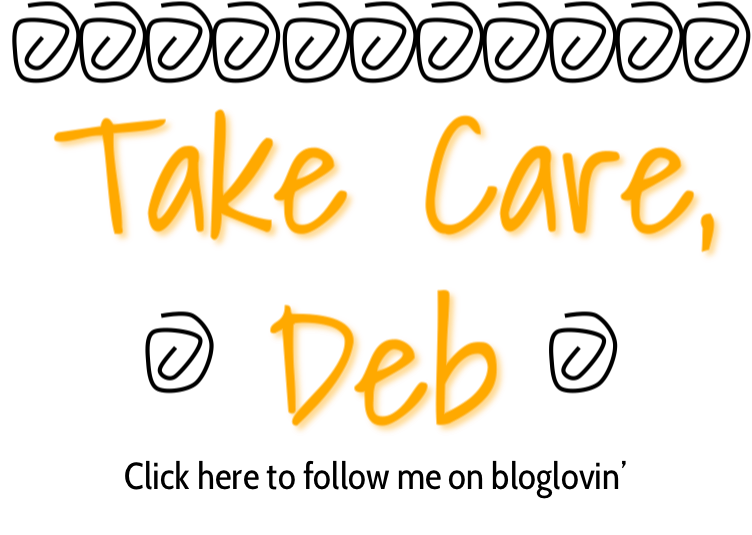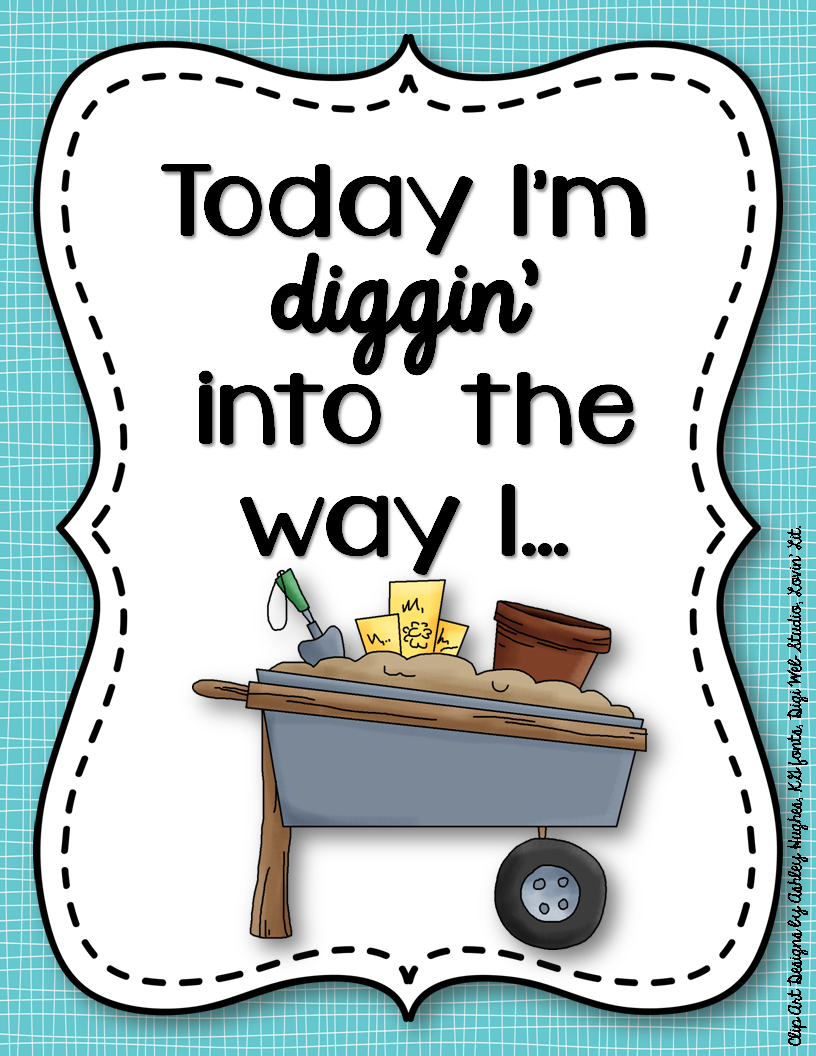My favorite thing about teaching is knowing that I'm doing important work each and every day.
I teach because I want to make the world a better place.
One of the most powerful tools we have at our disposal to create a positive environment is the language we use. On day two of my Responsive Classroom training we spent a good portion of the day discussing the power of our words. Almost everyone in the class (myself included) started to realize they'd developed some bad language habits in dealing with students. To help myself remember some of the key questions and sentence frames we learned to make our language more positive and effective, I made these little signs.
You are welcome to use them. Clicking on any of these pictures will take you to the document.
The thing discussed about reinforcing language that was the most challenging for us was to take out the mention of teacher approval or of student names. In other words, avoid phrases like, "I like the way Justin is sitting quietly." Instead, use phrases like, "I see lots of students sitting quietly so we can begin learning. The difference here is that in the first example, students are behaving to please the teacher. In the second example, students are behaving for the good of the group.
Find out what my blogging buddies like most about their careers by visiting --
If you found this post to be helpful or interesting, I hope you'll follow me on social media and at my TPT or TN store.



































